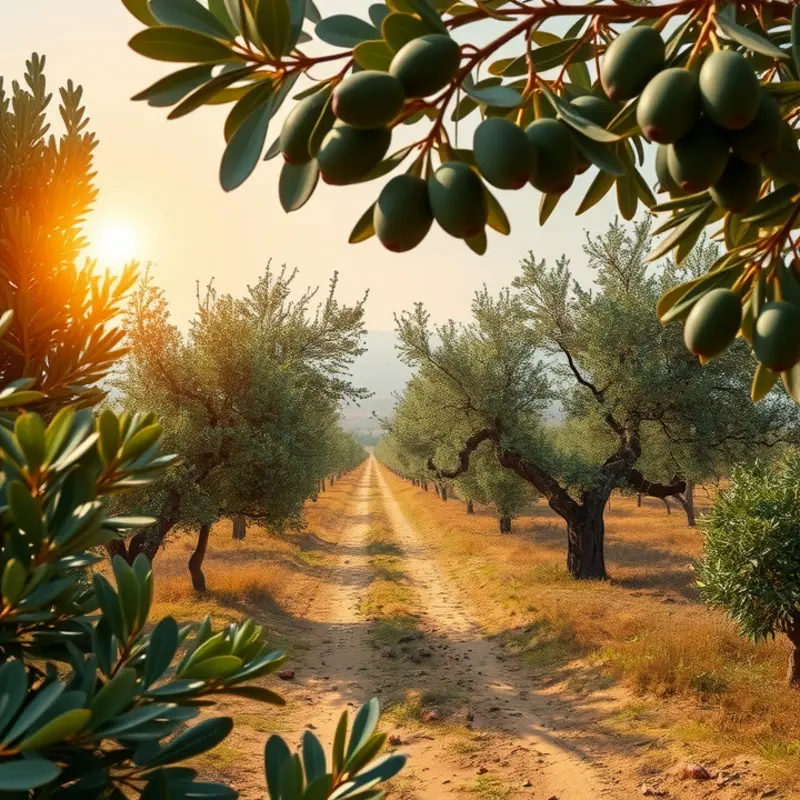Across diverse cultures, ancient kitchen tools have persisted through generations, offering a glimpse into the culinary practices of the past. These time-honored items are not just relics; they have shaped the way we cook and connect with food. Delving into these ancient tools reveals the artistry, innovation, and cultural significance behind the meals that bring us together today.
The Mortar and Pestle: A Culinary Cornerstone

From the bustling kitchens of ancient Egypt to the vibrant markets of contemporary Asia, the mortar and pestle remains a steadfast culinary tool. This simple yet profound implement exemplifies the fusion of functionality and artistry found in food preparation across ages and cultures. Its enduring appeal lies not only in its tactile craftsmanship but also in its ability to enhance flavors, transforming ordinary ingredients into extraordinary culinary creations.
The historical roots of the mortar and pestle trace back thousands of years. Archaeological findings reveal that ancient Egyptians used this tool to grind seeds, herbs, and mineral-based pigments. This enabled them not just in cooking, but in the preparation of cosmetics and medicines. Crafted from stone, wood, or clay, the mortar’s design varied across cultures, each iteration echoing the materials available in its origin location.
In Roman cuisine, the mortar and pestle was indispensable for grinding spices and creating garum, a fermented fish sauce integral to Roman gastronomy. This culinary tradition still echoes in modern cuisine through different adaptations. The Romans’ innovation and adaptation of the mortar and pestle contributed significantly to their flavorful diet.
In India, the mortar and pestle, known as sil batta, is essential for grinding spices integral to Indian cooking. The process of grinding spices by hand is believed to release essential oils, unlocking more potent flavors. This practice is emblematic of a larger global trend: the emphasis on enhancing flavor and nutritional content through manual preparation techniques.
Moving eastward, the Thai kitchen showcases the versatility of this tool. In Thailand, the mortar and pestle is crucial for making curry pastes and nam prik, a flavorful chili paste. The rhythmic pounding blends herbs, spices, and chilies, creating textures and flavors that pre-ground machine-made pastes cannot match.
Across continents, the mortar and pestle serves as a link to culinary heritage and a testament to the art of food preparation. Its role transcends mere utility, offering a tactile experience that connects cooks to their ingredients. While speed and mechanization dominate today’s kitchens, those who embrace traditional tools often do so for their ability to create richer tastes and aromas.
The craftsmanship of a well-made mortar and pestle adds an aesthetic dimension to the kitchen space. Artisans take care in shaping and choosing the right materials, whether it’s polished marble, rugged granite, or sustainably sourced wood. Each material imparts characteristics not just in design but in culinary application, affecting the grinding texture and durability.
While the mortar and pestle is steeped in tradition, it also appeals to modern culinary practices focused on mindfulness and sustainability. In choosing tools that foster a deeper connection with food, individuals can combat unconscious eating habits and deepen appreciation for flavors, as discussed in topics like mindful eating.
The mortar and pestle stands as a symbol of culinary heritage, echoing the primal satisfaction of creating with one’s own hands. It invites us to slow down, engage our senses, and explore the alchemy of flavors, honoring the rich tapestry of dishes that continue to bridge gaps between communities and time.
The Tagine: A Moroccan Marvel

The tagine, with its unique conical lid and shallow base, stands as a testament to Moroccan culinary ingenuity. Crafted from clay, the vessel’s design is more than aesthetic; it is functional. The conical lid allows for steam to circulate, condensing and basting the dish below. This slow condensation process intensifies flavors, producing rich, aromatic stews that are the hallmark of Moroccan cuisine.
Historically, the tagine traces back to North Africa under Berber influence. Its origin tells a story of adaptation, meeting the needs of a nomadic people who required portable and versatile cooking solutions. Over centuries, the tagine has traveled through time, adapting and enduring as cultures converge within Morocco.
Traditionally, tagines were used over charcoal braziers for a slow, even cook. However, in modern kitchens, they adapt seamlessly to stovetop and oven use. This adaptation exemplifies how ancient tools bridge old and new culinary landscapes, maintaining authenticity while embracing innovation.
Central to Moroccan dining, the tagine encourages communal eating. Its broad base, ideal for sharing, often sits at the center of the table, inviting diners to gather. Meals are savored together, reflecting a community-centric culture where food is a shared experience, an ethos beautifully captured in the slow, deliberate cooking process.
The tagine remains vital in preparing iconic Moroccan dishes such as lamb with apricots or chicken with preserved lemons. These dishes are not only culinary delights but also cultural narratives, preserving flavors that resonate through generations.
By understanding the tagine’s significance, one gains a deeper appreciation for the complexity of Moroccan flavors. Each dish cooked in a tagine serves as a culinary bridge, connecting us to rich cultural tales embedded in the flavors and aromas. For those exploring global cuisine, the basic principles of the tagine can also complement an exploration of diverse cooking techniques, as outlined in this article on culinary influences. Such knowledge can enhance any kitchen, blending ancient methodologies with newfound inspirations, and creating dishes that honor tradition while inviting innovation.
Final words
Ancient kitchen tools like the mortar and pestle or the tagine provide us with more than just utility; they connect us to rich histories and cultures that have influenced our culinary practices. Embracing these time-honored tools allows us to appreciate the stories behind our food, inspiring us to cherish and celebrate the cultural diversity in our kitchens. By incorporating these ancient instruments into modern cooking, we revive traditions and foster a deeper connection to our meals.








